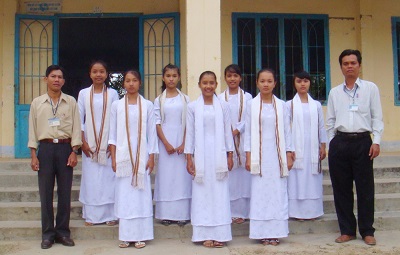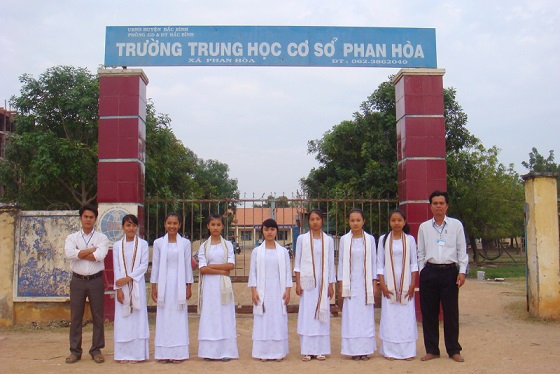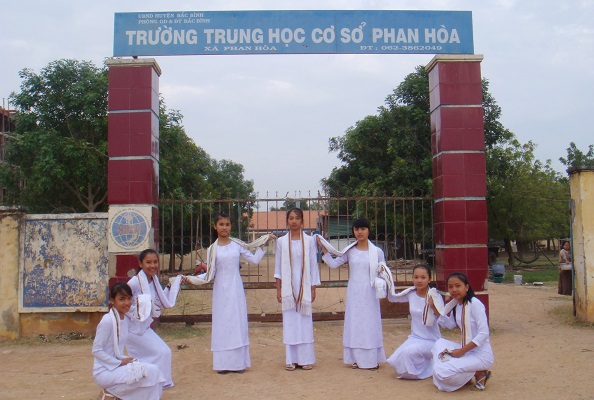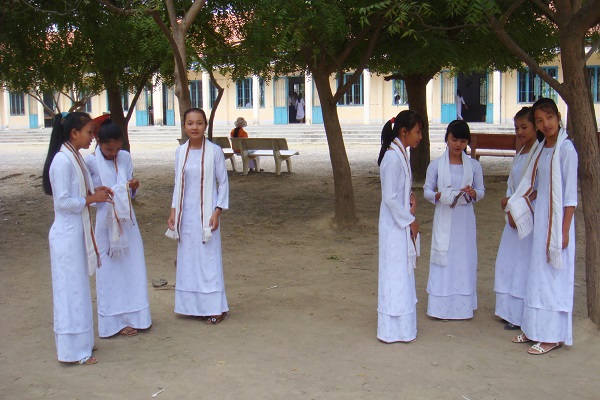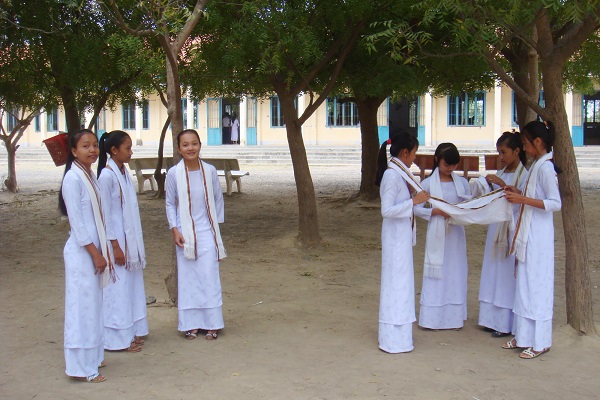

Bộ gõ Cham Thrah cho điện thoại dựa trên hệ thống Android và iOS sẽ là một ứng dụng tiện lợi nhằm mục đích gõ chữ Cham Thrah trực tuyến cũng như góp phần bảo tồn di sản ngôn ngữ và chữ viết Cham. Bộ gõ xây dựng sẽ gồm hai chức năng chính là: (1) gõ chữ Thrah và (2) gõ Rumi chuyển tự động Thrah và dựa trên font chuẩn Unicode (The Unicode Standard, Version 9.0, Range: AA00–AA5F). |

Ngày mọi tín đồ Islam (Bani) trên toàn thế giới đã thực hiện tròn nghĩa vụ của mình đối với Thượng đế (Allah). Cầu mong Allah ban nhiều điều may mắn và phúc lành đến với mọi người, mọi gia đình. |

Nhân dịp Ramadan (Ramawan) 2018, Putra Podam có một số bài viết với chủ đề liên quan đến Ramadan và chia sẽ cùng cộng đồng Facebook đặc biệt là cộng đồng Cham trong và ngoài nước. |

Masjid là phiên âm từ tiếng Arab, là nơi thờ tự, nơi cầu nguyện của tín đồ Hồi giáo. Trong tiếng Anh, Masjid được viết là Mosque, và tiếng Pháp viết là Mosquée. Trong tiếng Cham, Masjid được viết là “Sang Magik”. Tại Việt Nam, Masjid thường được dịch là “Thánh đường Hồi giáo”. Tuy từ thánh đường Hồi giáo chưa mang nghĩa sát thực, nhưng vì ngại trùng với từ nhà thờ, nhà nguyện của Công giáo hay Tin Lành nên đổi thành: Thánh đường. Nhưng ngược lại, tại hai Tỉnh Ninh Thuận và Bình Thuận, “Sang Magik” được dịch là “Chùa Bani”. |

BULAN: Theo tiếng Việt có nghĩa là tháng. Bulan, từ này được viết đúng chính tả, chuẩn và chính xác. Hiện nay các dân tộc thuộc thế giới Melayu như: Malaysia, Indonesia, Brunei, Singapore, Philippines, Thailand, Champa,… viết đúng từ Bulan. |

Trong thời gian gần đây, một số làng Palei Cham treo băng rôn “Lễ hội Ramưwan”, hay “Tết Ramưwan” nhân sự kiện Bulan Ramadan 2018. Từ hiện tượng trên đã kéo theo việc trao đổi và tranh luận gay gắt trên một số trang Facebook ở cộng đồng Cham. Để tìm hiểu lý do tại sao và đề nghị cách dùng từ đúng như thế nào, chúng ta cần phân tích và tìm hiểu nguồn gốc từ Ramadan, để từ đó làm cơ sở đề nghị các cơ quan chức năng sửa đổi. |

Để chuẩn bị cho băng rôn hay quảng cáo cho ngày kết thúc tháng Ramadan, cộng đồng Cham hãy sử dụng từ "Harei Talaih Aek - Ngày kết thúc nhịn chay" mà cha ông ta đã sử dụng từ lâu. |

Nhân dịp chào đón Ramadan 2018, một số làng Palei Cham có treo băng rôn với dòng chữ “Lễ hội Ramưwan”, hay “Tết Ramưwan”. Từ hiện tượng này, kéo theo việc trao đổi và tranh luận gay gắt trên một số trang Facebook ở cộng đồng Cham. Để thống nhất việc sử dụng từ ngữ là Ramadan, Ramawan, hay Ramưwan mời cộng đồng Cham, những người quan tâm hãy đóng góp ý kiến một cách khoa học và mang tính tích cực nhằm thống nhất danh xưng để sử dụng sau này. |

Bulan Ramawan, lakau "Ikak aek", tel harei “Talaih aek”. |

Trong những ngày gần đây, trên Facebook các bạn trẻ Cham đang trao đổi hay tranh luận về cách dùng các khái niệm như: "Bulan Ramawan" , “Lễ hội Ramưwan” hay “Tết Ramuwan". |
